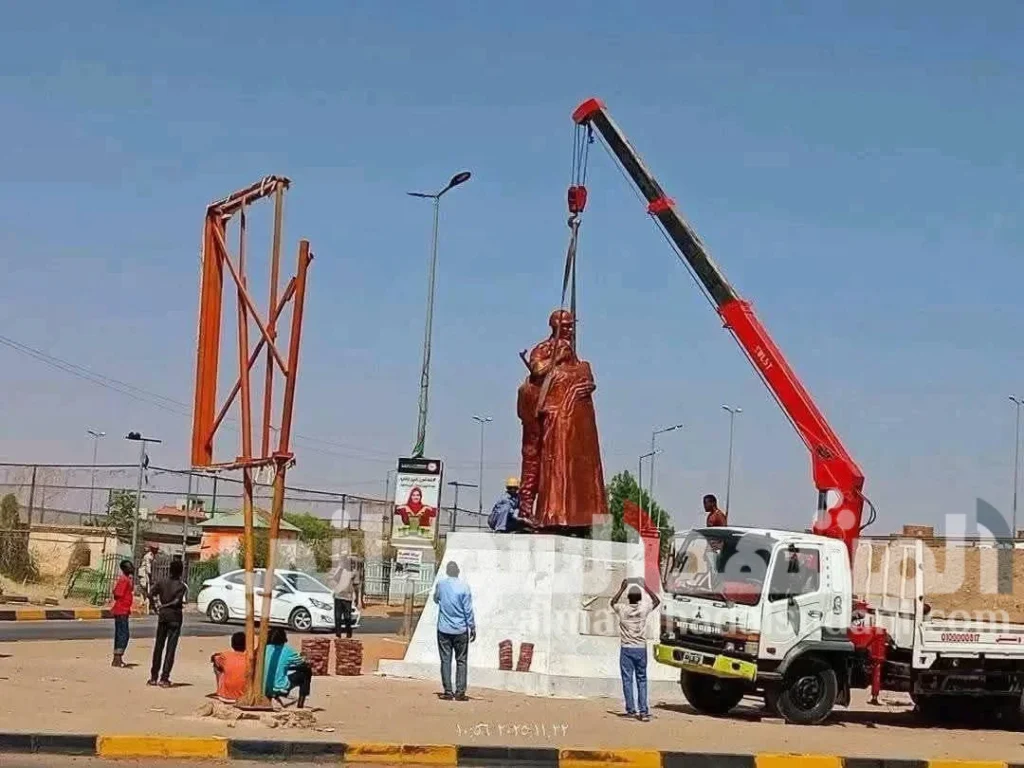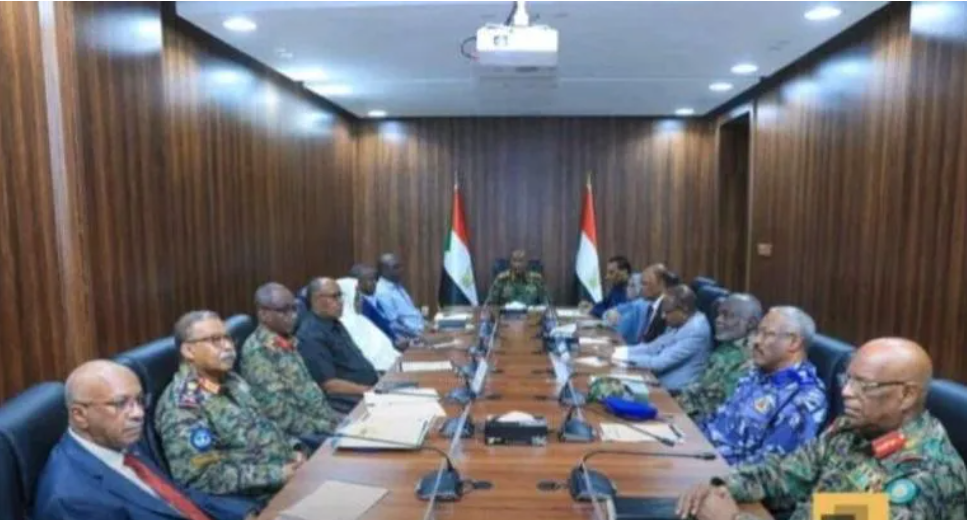
Sudanese social media erupted in condemnation after a statue of Lieutenant General Abdel Fattah al-Burhan appeared on Nile Street in Omdurman. The monument, depicting Burhan comforting a displaced woman, recreates a widely publicized scene from his visit to Al-Dabba camp.
Critics argued the statue is inappropriate given Sudan’s ongoing political instability and military tensions, calling the move tone-deaf and provocative. Supporters, however, viewed it as a tribute to Burhan’s earlier gesture, which had won public sympathy during the humanitarian crisis.
The statue has sparked a heated debate over leadership symbolism, public monuments, and the timing of national commemoration in Sudan. Many social media users highlighted the disconnect between political gestures and the daily hardships of ordinary citizens across the country.
Proponents contend the statue reinforces Burhan’s image of compassion and engagement with displaced populations during national crises. As controversy spreads, the monument draws attention from passersby, prompting wider conversations about art, memory, and political representation.
Authorities have not issued a formal statement clarifying the statue’s purpose or plans for its future amid mounting scrutiny. The incident underscores Sudan’s ongoing struggle with political legitimacy, social perception, and the complex ways leaders are memorialized in public spaces.




